How do I test silver? You’ve come to the right place. There’s no need to pay for expensive silver authentication services. You can test silver for yourself with various simple, foolproof methods.
Learn how to distinguish real genuine silver, and fake silver like a pro with these quick and easy tricks.
How to Test Silver
- Check the Stamp
- Ice Test
- Magnet Test
- Ring Test
- Sniff Test
- Scratch Test, Polish Test, Flake Test
- Acid Test
- Bleach Test
- Weight Test
- Fisch test
- Buy a Silver Testing Kit
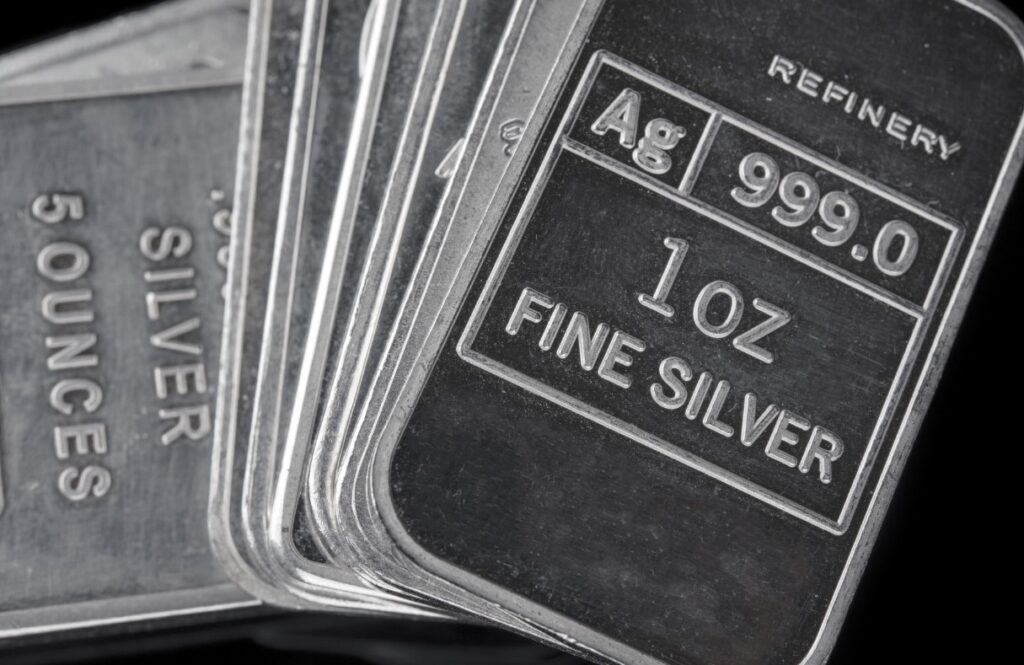
Physical Methods to Test Silver
There are several easy physical tests that you can perform to test your silver’s authenticity. You already have everything you need for these silver tests at home.
Check the Stamp
The easiest way to identify fine silver and precious metal is to look at the stamp or inscription.
Today, precious metals are required to include a small identifying stamp to validate their identity.
Pure, genuine silver is easily identifiable since it usually only comes in silver coins and bullion and is stamped with a 999 or .999.
However, even a silver product such as flatware sold in a retail store includes a stamp indicating its silver purity.

Sterling silver will be stamped as 925 or .925, meaning it is 92.5% pure silver, while lower grades of silver will be stamped with their respective purity.
A silver ring from a jeweler will include a stamp of authenticity on the inside of the band.
If your silver doesn’t include a certified stamp, your item is likely only silver-plated.
Silver Stamp Designations
Other silver stamps include 900, 935, 835, 800, PLATE, or IS. Note the last two; they are silver plated designations, not pure silver.
This is often the case with dining ware and decorative pieces.
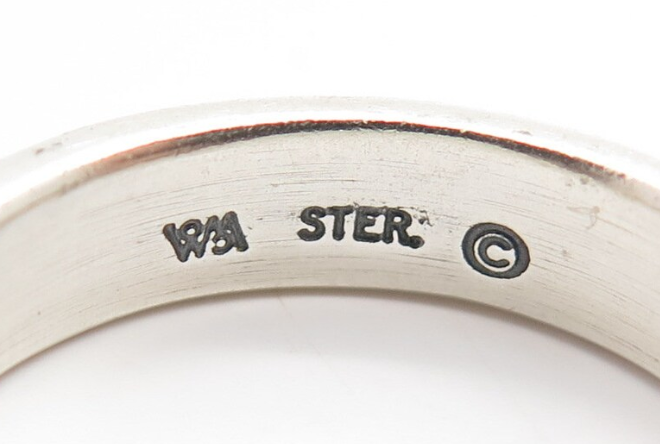
You may also see a lion stamp or Hallmark indicating Brittania silver or silver that is 95% pure.
However, if your silver doesn’t have an authentication stamp or inscription, or you suspect it could be faked, the following tests will help you uncover the truth.
Ice Cube Test
Believe it or not, pure silver is an excellent conductor of heat.
There’s an easy method to test the authenticity of silver using just a piece of ice. Let’s call it the ice cube test.
All you have to do is place an ice cube on top of the piece of silver and see how fast it melts.

The ice melts rapidly, even at room temperature, if the silver is real. Thermal conductivity easily passes heat through. However, if the silver is fake, the ice will melt slowly.
Place a second piece of ice on a regular plate for comparison, and watch the ice on the silver melt away quicker.
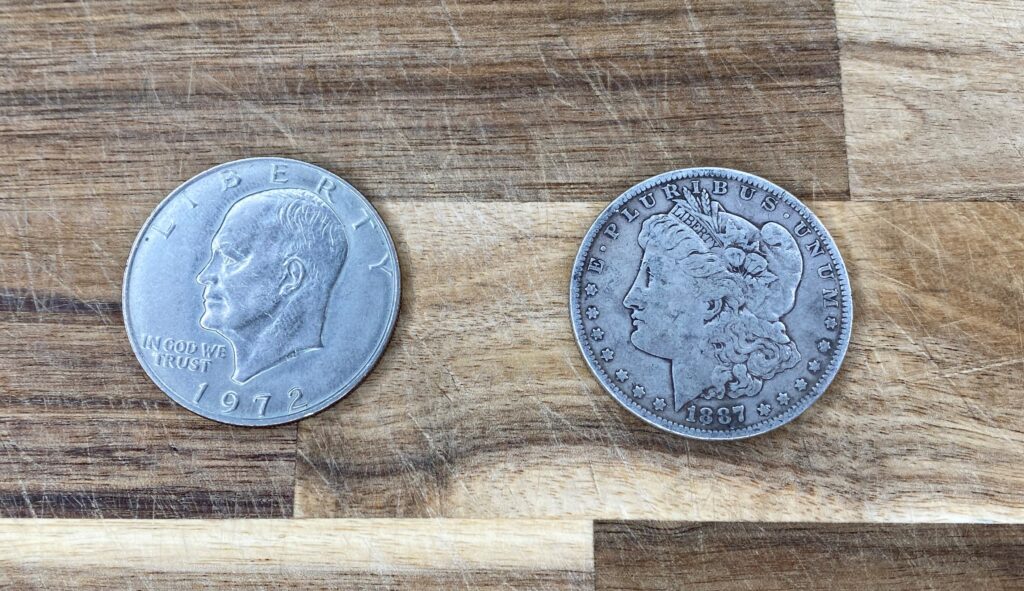

How to Test Sliver – Magnet Test
Another easy way to test for real silver items is with the magnet test. For this test, you’ll need an area with flat surfaces and a strong magnet, preferably a neodymium magnet called a rare earth magnet.
Is Silver Magnetic?
Set the magnet on a level surface and hold the metal above it.
The magnet will latch onto the metal if the magnetic fields are strong enough, proving it’s not real silver. Neither copper nor real silver is magnetic.
A piece drawn to a magnet has a ferromagnetic core, proving it’s not silver. Counterfeit or silver plated items may include ferromagnetic metals, such as cobalt, nickel, or iron.
You can also take this test a step further by placing the magnet directly on the metal and then tilting the metal at a 45-degree angle. If the magnet falls off, you’ve got real silver.
Remember, the magnet test is not 100% accurate, as some metals have weak magnetic properties, just like silver.
It may be necessary to combine the magnet test with additional tests to prove the authenticity of your sliver.
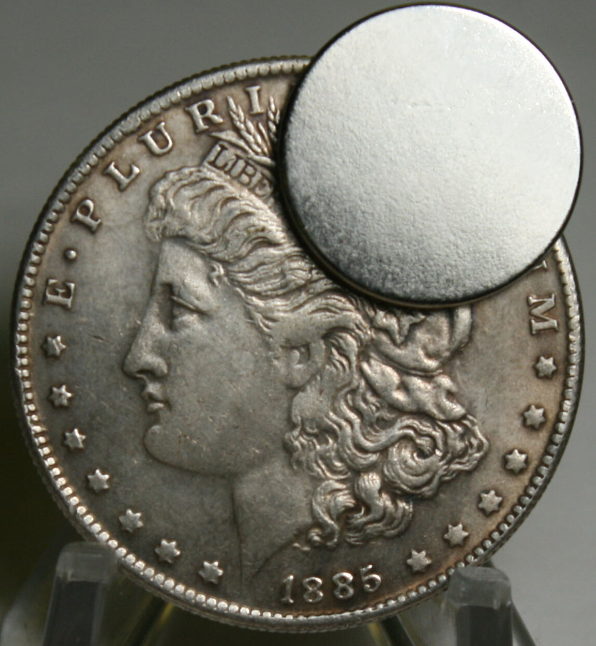
Ring Test
Believe it or not, silver produces a ringing sound by lightly tapping it. A high-pitched ring indicates silver, whereas a dull thud is most likely a mixture of other metals or silver plated items.
Sniff Test
It may sound strange, but giving your silver a sniff can help determine its authenticity.
If the metal has a strong iron or penny-like smell or an old, metallic odor, it’s not real silver.
Pure silver, and even sterling silver, do not have any natural odor.
Chemical Methods to Test Silver
Unlike some physical tests, chemical tests leave no uncertainty.
However, some of them can do significant damage and devalue your silver, so physical tests should be performed first.
Still, if you can’t decide conclusively if a piece of silver is authentic using the above tests, these chemical tests will give you a definitive answer.
How to Test Silver – Scratch Test
Using nitric acid and a file, you can perform the scratch test. To perform this test, create a small scratch on an inconspicuous spot and apply a few drops of nitric acid.
If the metal is pure or sterling silver, the nitric acid will fizzle and turn a creamy white color.
However, the nitric acid will turn green if it is just silver-plated or made from a different metal or different material.
Like when you test gold, be careful to avoid damage to your item.
How to Test Silver – Acid Test
Silver acid tests are available on the market today that change color upon coming in contact with certain metals.
Place a few drops of the testing solution onto the silver piece in question to perform this test. If the solution turns bright red or dark red, that indicates pure or sterling silver.
Brown color indicates a lower grade of silver, around 80% pure, and other colors, like blue or green, indicate the presence of other metals.
Silver Bleach Test
This test should only be performed after trying everything else at your disposal.
Bleach is corrosive and can damage pure silver, so any exposure should be minimized as much as possible and carried out cautiously.
Pick an inconspicuous spot on the object and apply a small drop of bleach.
If the silver tarnishes quickly, it is real but probably worth less money now.
Buy a Silver Testing Kit
It’s not necessary, but it can make your life easier. Several silver testing kits on the market will give you the tools you need to authenticate pure silver quickly.
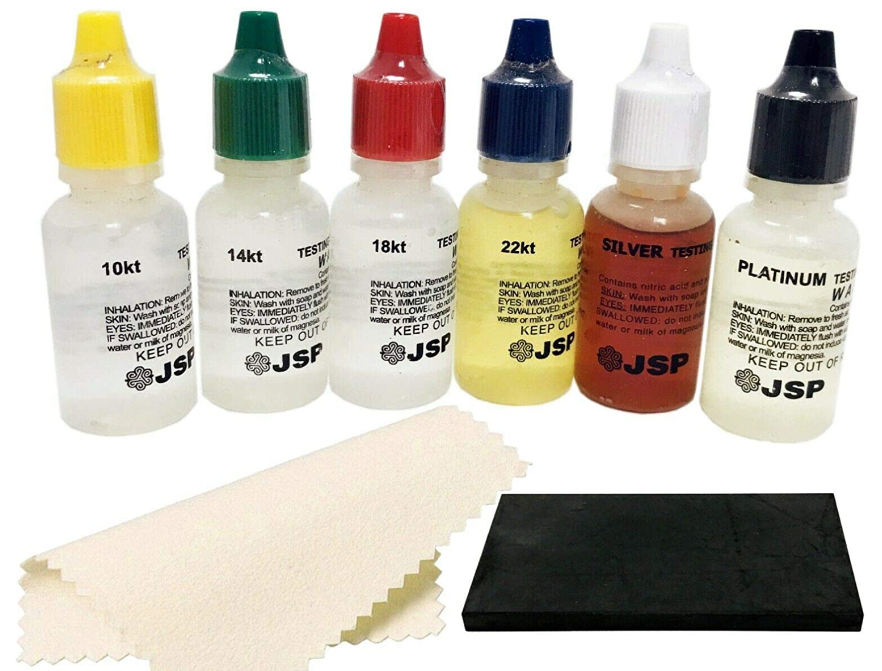
Understanding Silver Content
Silver is graded based on its purity and specific silver content. When people talk about this precious metal, they usually do not refer to 100% pure silver.
Especially since even the purest bars are only guaranteed to be 99.9% silver, allowing for 0.01% trace materials. Instead, they’re referring to a silver alloy containing a certain percentage of silver.
Below are the three most common types of silver collectors may come across and their specific silver content.
Solid Silver
Solid silver is the purest and most valuable silver, containing 99.9% pure silver. Despite this, it could be better for making jewelry or silverware.
Since pure silver is a soft metal, it’s too malleable to create functional pieces and is usually only found in silver bars and coins used for investment purposes.
Sterling Silver
For a piece of metal to be considered sterling silver, it must be at least 92.5% pure silver.
The other 7.5% sterling silver is usually copper mixed with silver to increase its strength and hardness.
Sterling silver is the most common purity of silver used in a piece of jewelry, silverware, plates, and other accessories and antiques due to its durability.
Even though it’s not as pure as solid silver, sterling silver retains nearly the full value of solid silver.
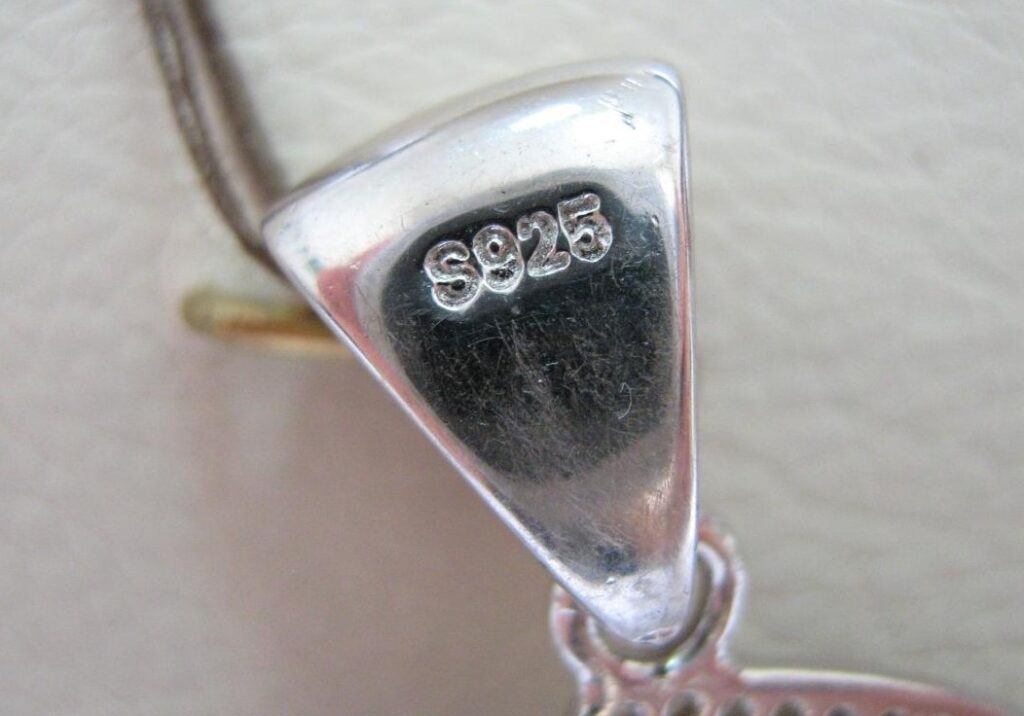
Does Sterling Silver Turn Green?
Due to the copper content in Sterling Silver, green discoloration will sometimes occur. Sterling silver includes a 925-mark, indicating the minimum 92.5% pure silver content.
What Are Silver Hallmarks?
If your silver item contains a hallmark, you are in luck. Silver hallmarks include four key elements giving valuable insights into the origination of your silver.
In the 1300s, King Edward I ordered all silver to be stamped with a hallmark indicating its purity. Since then, hallmarks have evolved, along with their silver content requirements.

The Maker’s Mark – indicating which factory the item was made.
The Date Letter – when the silver item was assayed, sometimes identifying the Touch Warden overseeing the assaying.
The Town Mark – the mark of the town where the assay office is located.
The Lion Passant – Hallmarks with the lion passant indicate silver with a minimum of 92.5% purity, the sterling standard. After 1720, the sterling standard increased to 95.83%.
International Silver Company
Sometimes you’ll find a piece of silver stamped with “IS.” If you’re after real silver, avoid objects with this stamp. “IS” refers to the International Silver Company, which merely silver plates objects.
This means there is only a very thin layer of silver on the outside of the object and other inferior and more common metals underneath.
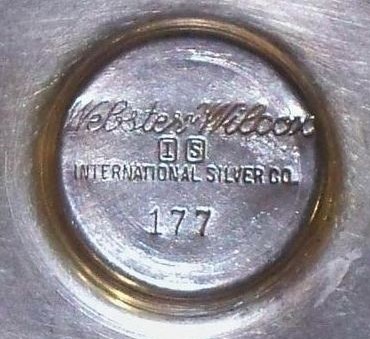
How to Care for Your Silver
Once you know your silver object is legit, you must understand how to care for it properly.
Silver products, like sterling silver jewelry and silverware, are vulnerable to tarnish, but these simple steps can help prevent it from rearing its ugly head.
Clean Silver Gently
When you clean your silver, you should do so gently as possible. You can use a solution of mild dish detergent and warm water to wipe away any dirt or grime from the surface with a soft microfiber cloth.
There are heavier-duty silver cleaners on the market, but these should be used sparingly. Using as few chemicals as possible on your silver pieces is best.
Dry Silver Thoroughly
Exposure to moisture is one of the biggest causes of silver tarnishing. After cleaning the silver, it’s vital to dry it thoroughly but gently.
There should be no water left on the silver to air dry.
Don’t Clean Your Silver Too Often
Handling or cleaning your silver too often can do more harm than good. Frequent exposure to water and cleaners can cause silver to tarnish quicker.
For this reason, you should also wear 100% cotton gloves to not stain or damage the silver with your skin oils.
It might seem overkill, but it’s best to take every step possible to protect your family heirloom, silver collection, or silver investment.
Additional Resources – NGC
